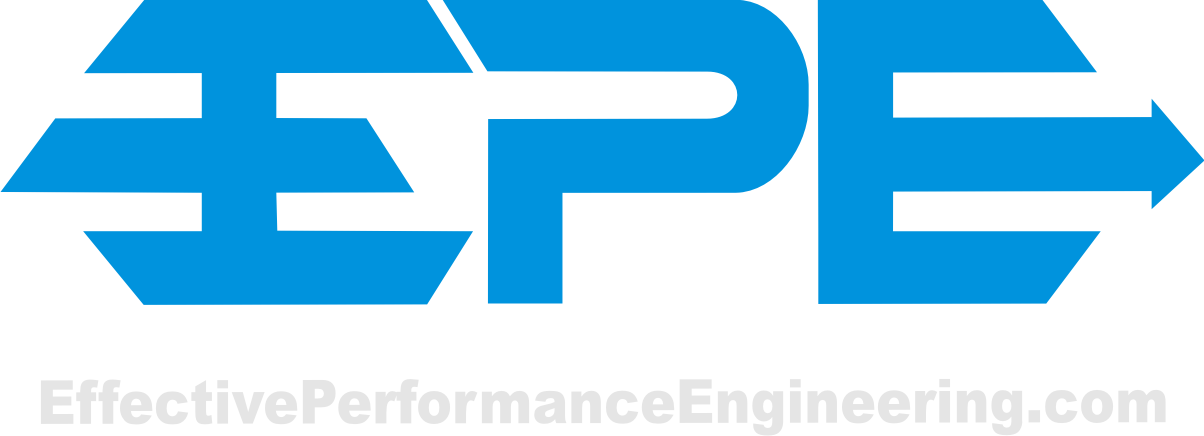Over the last several months, I have written a lot about Cloud Load Testing. And, although 70% of those surveyed in April 2015 said they are using Cloud Load Testing, there is a general perception in the market that the growth of usage is perhaps slowing.
In August of 2015, I drafted the âPredictions for load testing in 2016â which was then published and distributed. It is fun to see how many of these capabilities have and are being implemented within many organizations today. One of the items I covered was Cloud Load Testing.
There has been much speculation as to why these capabilities have been embracedâand havenât been. Â I am here to debunk the top 5 myths of Cloud Load Testing in this blog.
1. Security
Many have used the myth of security as a reason for not using Cloud Load Testing. This continues to be a myth because of the variety of ways which you can configure rules and ports these days. This fact, along with the configuration of what pieces sit where, enables all of your data to stay contained within your organization (if you like).
There are too many variables to cover in this single post, but I see this as a myth. Once you start down the whiteboard discussion, it becomes clear very quickly how this can be accomplished simply. It is more than likely that existing security rules, which are already established, will enable you to leverage Cloud Load Testing, so you can begin using this capability.
One of the areas within security that becomes interesting is that of âequipment on-premiseâ or âdown the streetâ and a colleague of mine Malcolm Isaacs covered this nicely in a recent piece he published titled, âKeep your applications fit with cloud load testingâ which I encourage you to check out.
2. Cost

Cloud Load Testing is a ânewâ concept, which often has people asking, âWhy do we need to spend money on this now?â In addition, once you have a full understanding of the capability and the value it delivers to your organization, you will need to provide further evidence of this value– given it is a new âline itemâ.
When evaluating the costs of how to enable proactive assurance of knowing your technology will work when it needs to for your end user, how does one evaluate this? Often, when speaking with decision makers at organization, they are looking at the cost of downtime. At the minimum, this is the cost associated with having a large group of people finding and fixing a problem for a long period of time. This is often a huge number.
How do you evaluate costs vs. value of investments you make in the proactive assurance for your end users that your technology will work when they want to leverage your products and/or services? Just for rudimentary example, what if you could make a $100,000 investment and get a $700,000 return; a 7x return on your investment, what would you do?
Perhaps you saw the article on TechBeacon.com titled, âAvoid website outages on big retail days with cloud testing — No black eyes on Black Fridayâ where I covered several of these with real-world examples that should be interesting for you.
3. Scale

As events, promotions and activities continue to grow in awareness and scale, so does the need to ensure they work as designed when demand is highest. This is where Cloud Load Testing comes inâ¦yet, some have shared a myth of concern on scale.
I believe this is an âearly mythâ as working across the variety of Cloud Load Testing solutions available in the market, it is trueâ¦some are not able to scale or be stable under scale; yet the majority of them provide for a stable solution that delivers a lot of value.
Of these, the leading product âStormRunner Loadâ I have seen spin up to 1.5 million virtual users in <11 minutes, delivering results at scale that is often unseen. In addition, the results that are delivered near real-time from an analytics perspectives enables end users to make informed decisions either manually or automated, all while running at scale.
Thinking of scale, and the how to; reminds me of a recent Gallop blog titled, âCreating a Cloud Load Testing Strategy for your Enterpriseâ which may be something for you to read and share.
4. Alternatives

So, you think Cloud Load Testing is not for you, and are trying to find what alternatives are out there that will give you the same results. You are not along, finding alternatives is certainly a myth that has been explored by many, and some are getting limited results. Having and simple, scalable and smart solution is what you needâ¦and frankly, what many Cloud Load Testing solutions are striving to provide.
Although in your quest to find alternatives, one usually will try:
a] Building load testing capabilities to be able to run a higher number of transactions per second (TPS), so to then be able to observe the impact to the infrastructure within your environment under these loads.
b] Leveraging load testing capabilities to run as high as you can give the number of virtual users, then using some architecture and scale/tuning assumptions, extrapolate mathematically at what is believe to be needed to handle the higher loads.
c] Believe that your application and infrastructure has been architected to be elastic, enabling it to scale endlessly based on the needs of your business and demands from your end user, so that scaling and capacity are no longer a concern
Knowing about alternatives and the variety of tools and capabilities can be a daunting task. However, I want to share a recent article titled, âWhy you need cloud load testing, and how to find the right tools — Chance of rainâ to simplify this process for you.
5. Results

For those of us as practitioners or senior leaders, we do not need to buy another toolâ¦simply to have another license to pay for, another set of hardware to support it, another group of engineers to be enabled and maintain it, etcâ¦we need results.
So, for Cloud Load Testing, there are several results we can count on. Some of these are similar to those of proven enterprise grade capabilities you are and will continue to use, others are a bit different, all are focusing on business value and results to help your end users.
Below are a few results I recommend. As you are learning and exploring about the capabilities available to you, I suggest you ensure the âbasic resultsâ you need to have, to maximize the value from your investment.
a] Predictive Analytics to be able to detect bottlenecks earlier in the development cycle.
b] Network Virtualization Integration to be able to quickly view and understanding the impact that network conditions have on your application performance. Learn how you can make code level fixes now, enabling your end users to have an optimized experience.
c] Navigation Breakdown providing an at- a-glance view along with deep-dive breakdown of client side performance.
d] Dynamically Add VUsers during your live test run and build-in SLAâs to end test if application and infrastructure performance is not meeting those criteria.
With results in mind, nothing is better than learning âHow Cloud Load Testing helps you deliver amazing softwareâ and enable you to meet and exceed the needs of your end users, so you can achieve success within your business.
In conclusion, I have shared the â5 Myths of Cloud Load Testing Debunkedâ and provided you with insights into how and why this capability can be used within your organization today. I have also included links to key assets for you to share. Please let me know what questions you have, and the concerns being expressed within your organization, as I believe Cloud Load Testing plays a critical role within ensuring production success for your business and end users.


